words
Alicia Lüdi-Schutz
photography
Sam Kroepsch
They wanted “a weekender” within two hours’ drive from the Sydney CBD, but what Andrew Morphett and Peter Hayward ended up buying was a property so far removed from what they first imagined, even they find their story a little amusing.
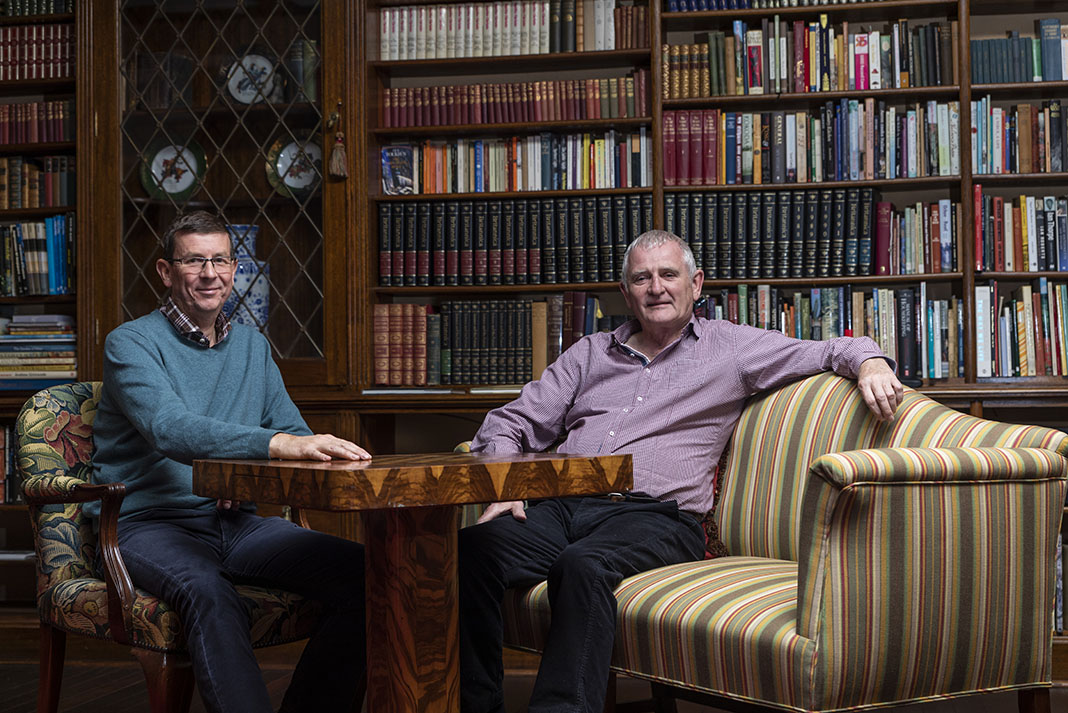
Seated in the grand library of their sprawling, 35 room homestead, they tell of how they came to call Anlaby Station home, a heritage listed property, 20 kilometres north of Kapunda, filled with character and charm.
The new owners acknowledge there is a stark contrast from the bright city lights and high-rise office views they exchanged for the undulating grazing and cropping country Fredrick Dutton made his living from when he established the station back in 1839.
“We had a spread sheet with a list of things we wanted,” Peter says of the list they had made nearly two decades earlier.
“It included stables, preferably an old house, being commercially viable, all that sort of stuff.. and within two hours’ drive of Sydney. Then for about two years we spent weekends looking at properties from the Hunter Valley to Rutherglen, to Bendigo.”
..
Real Estate companies inundated their letterbox with brochures on properties that might be of interest.
“Then one day, we had this brochure from Anlaby. It was a really good brochure, how they got it to look as good as they did is anybody’s guess!” laughs Peter.
So in 2003, they decided to spend the Australia Day weekend in the Barossa and view the property that had piqued their curiosity.
“It was a stinking hot day. It took five hours to walk around the place and as we drove out the gate….we said well, that’s not going to happen!”
But the couple arranged a second visit to Anlaby, even though it didn’t tick any of the “logic” boxes on their list. Something drew them back.
“This time it was bucketing down with rain and we came with a building inspector…it quickly became evident that the building was not water tight!”
They both thought bringing the house, its surrounding buildings and extensive gardens back from the brink of ruin was just too hard -this was much more than a future retirement project. Yet their heart strings pulled them towards the challenge and, in February, 2004, they ended up owning a piece of Australian history and later, buying back the oldest continuously operating merino stud on the mainland.
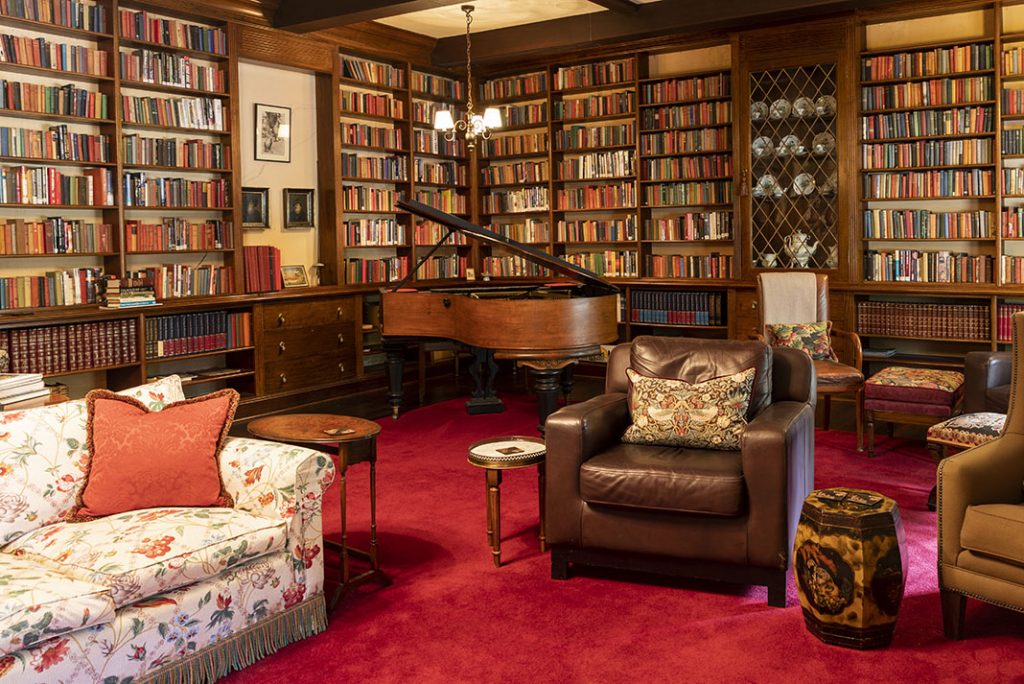
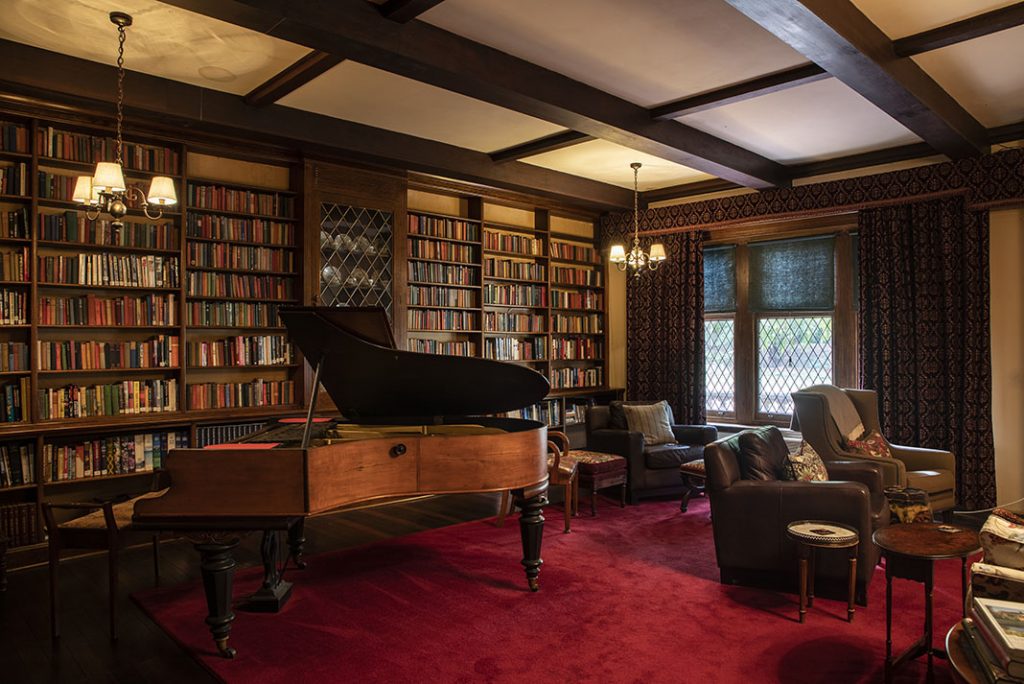
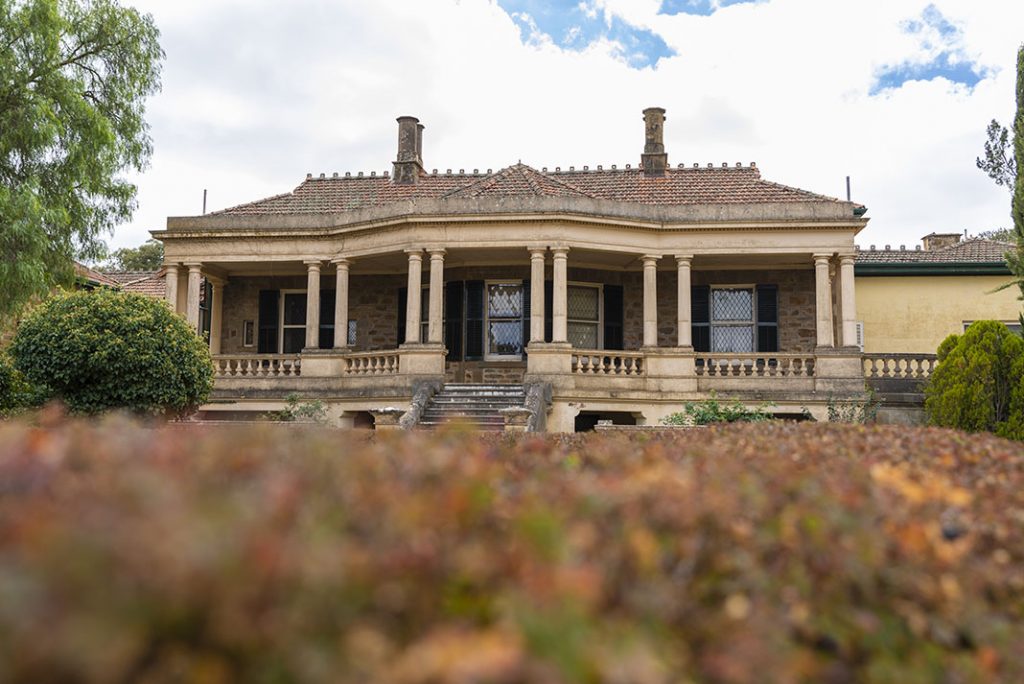
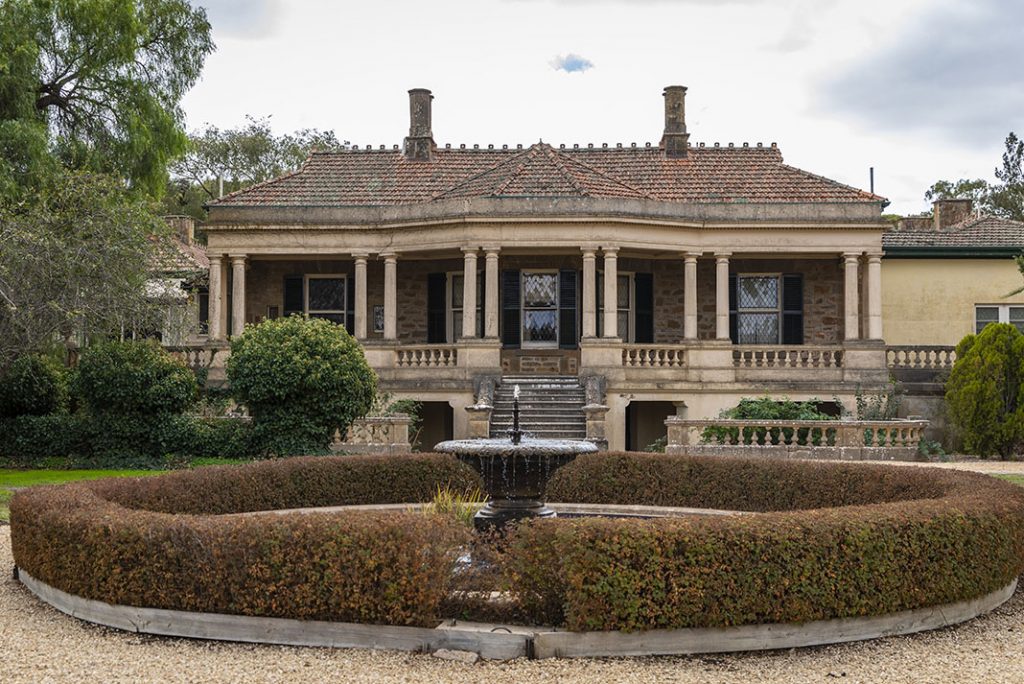
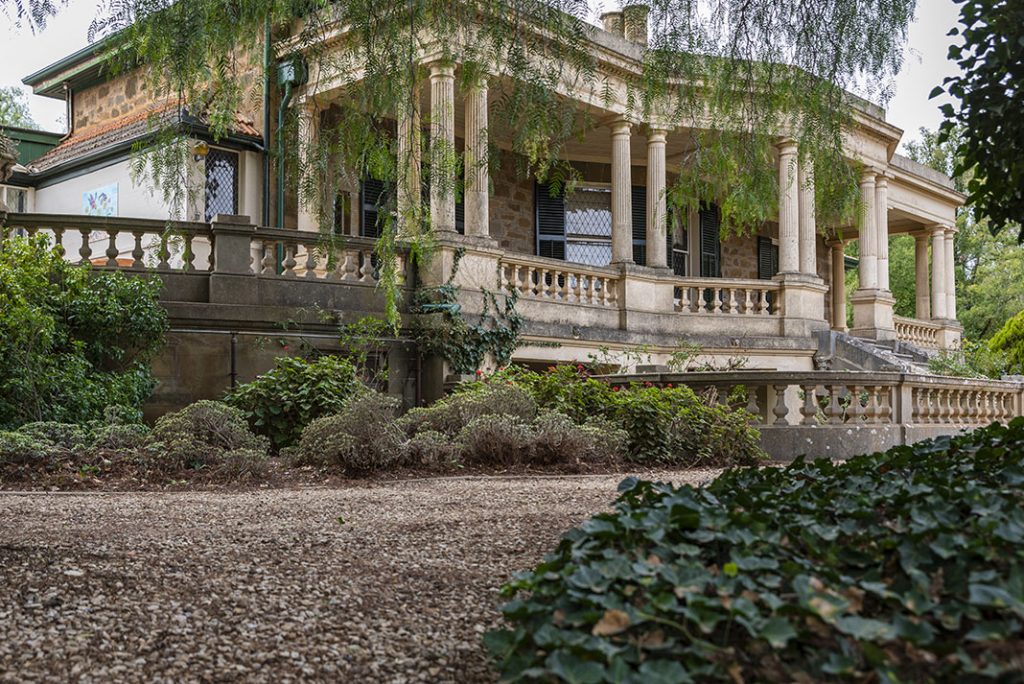
Previous
Next
“You can see something as all problems or you can see its solutions,” Peter says. “We could see the potential and then we just sort of thought, why be daunted by it all?
“It sort of gets under your skin a bit and then you think, you can spend all of your life being practical and then you never do anything. So, we ended up settling in February the following year.”
Peter recalls when they first moved in, having driven the “mile long”, its giant eucalypts guiding the way to their new lifestyle.
The old house they had fallen in love with was waiting, void of all furniture and ready for a new chapter to begin.
“We had a folding card table and four director’s chairs and we would move them around from room to room,” laughs Peter. “We’d walk around and say okay, tonight we are going to the library so we just moved the tables and chairs in there!”
During the next few years, Peter and Andrew continued to live and work in Sydney. They would fly back nearly every second weekend to work at Anlaby and spend hours at the Mortlock library, researching history to ensure the garden and building restorations accurately reflected the property’s former life.
Partner, Andrew says they worked ridiculous hours, clearing overgrown gardens, installing gravel footpaths, cleaning, planting, painting and finding appropriate furniture to suit the era.
“We would leave our office at 2.30 on Friday afternoon, jump on a plane and fly to Adelaide. Our managers at the time would drive down to pick us up,” he says.
“In Summer when there was daylight saving, we’d grab a gin and tonic and go and have a look around to see what’s been happening. In the middle of winter it would be too dark, so we’d have something to eat and go to bed. We’d get up next morning and work our backsides off for the entire weekend and then 3.30 on Monday morning the alarm would go off and we’d be driving down the drive at ten past four, back on a plane and in our office by 9.30 and work through until 6-6.30, then we’d go home and fall in a heap.
“By the time you’d done a full week’s work and you’re just starting to recover again…you’d be off again!”
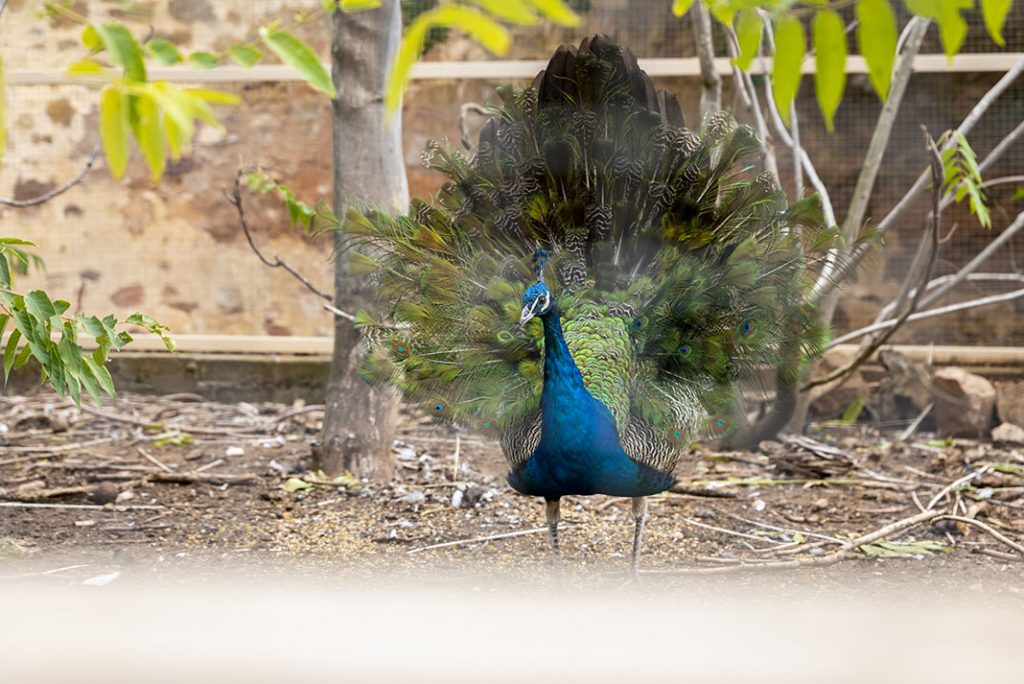
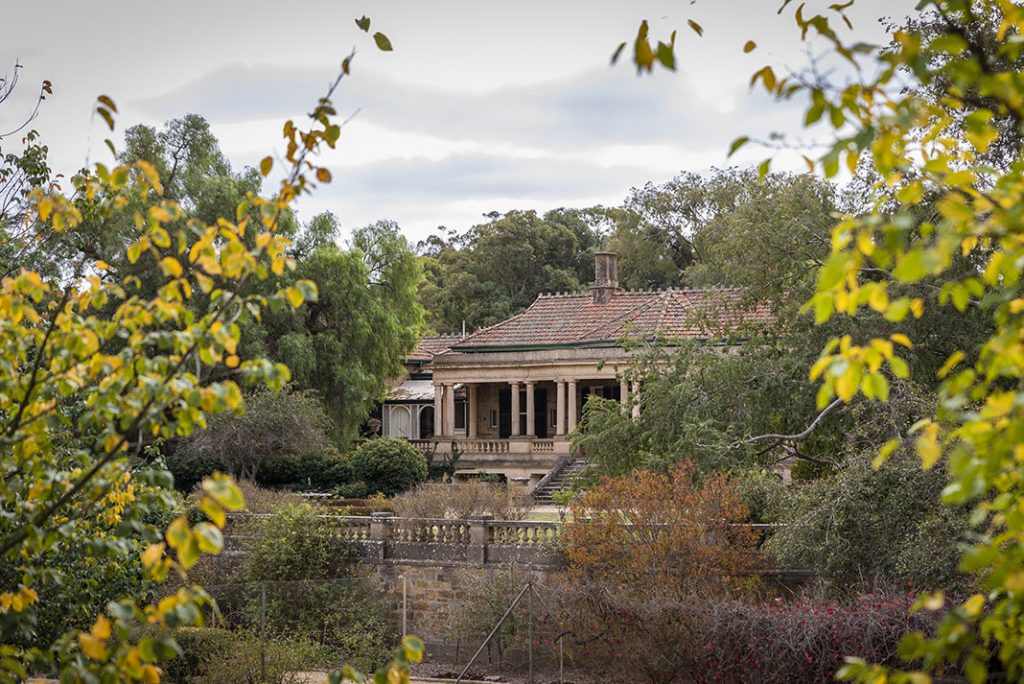
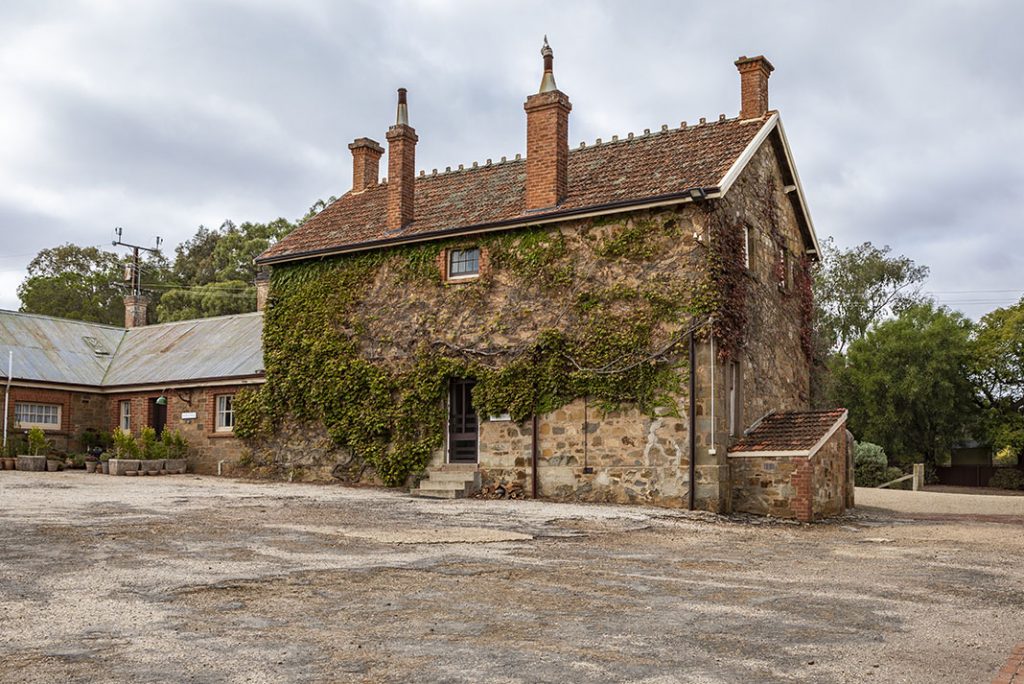
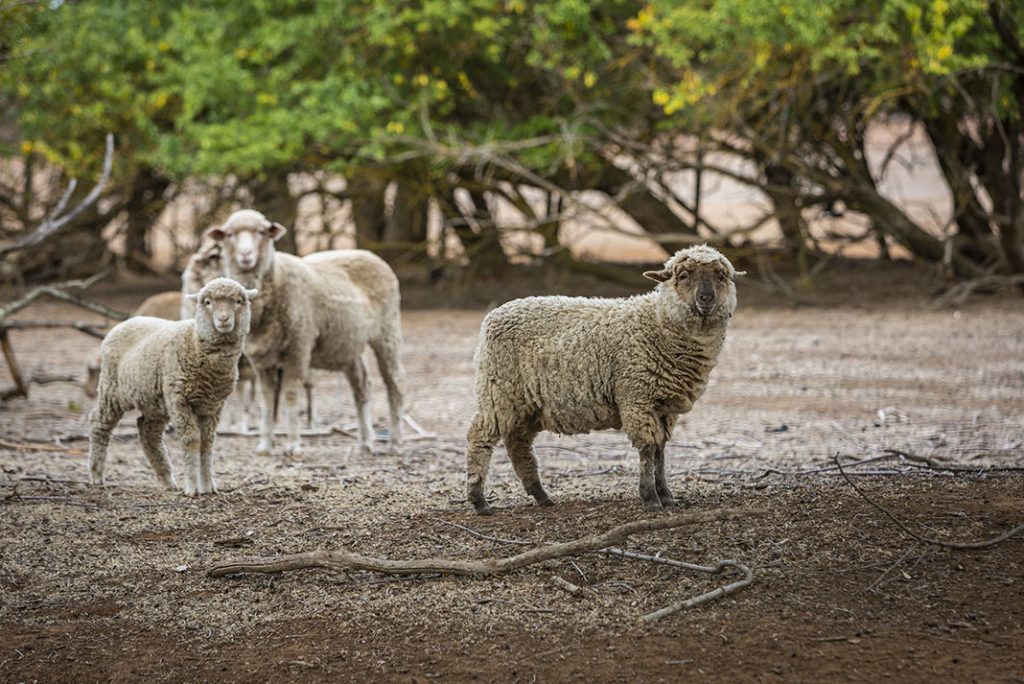
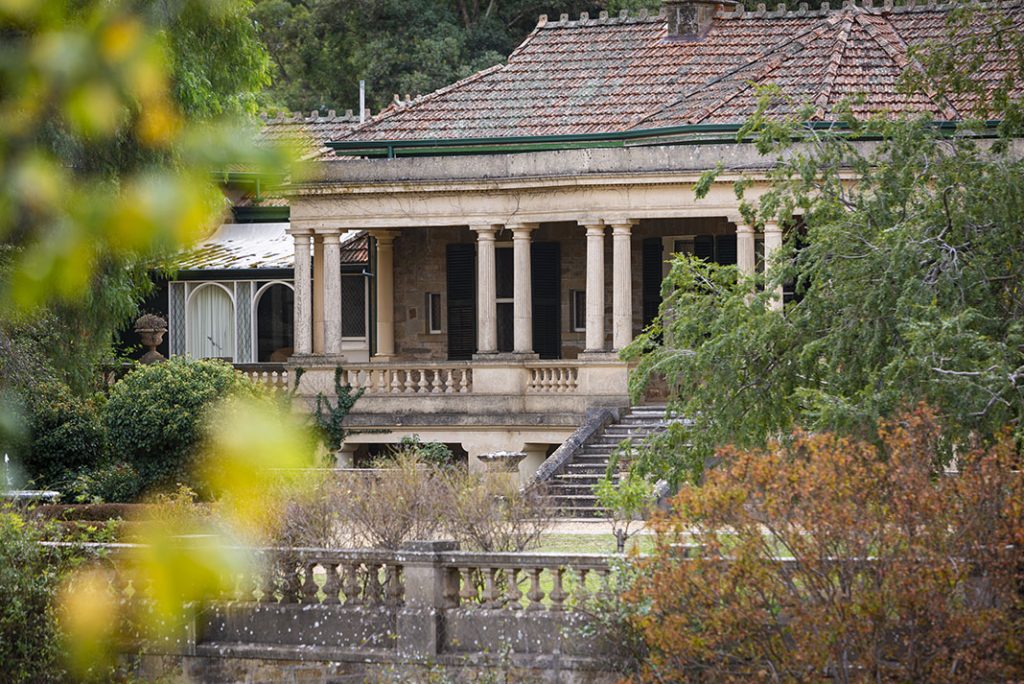
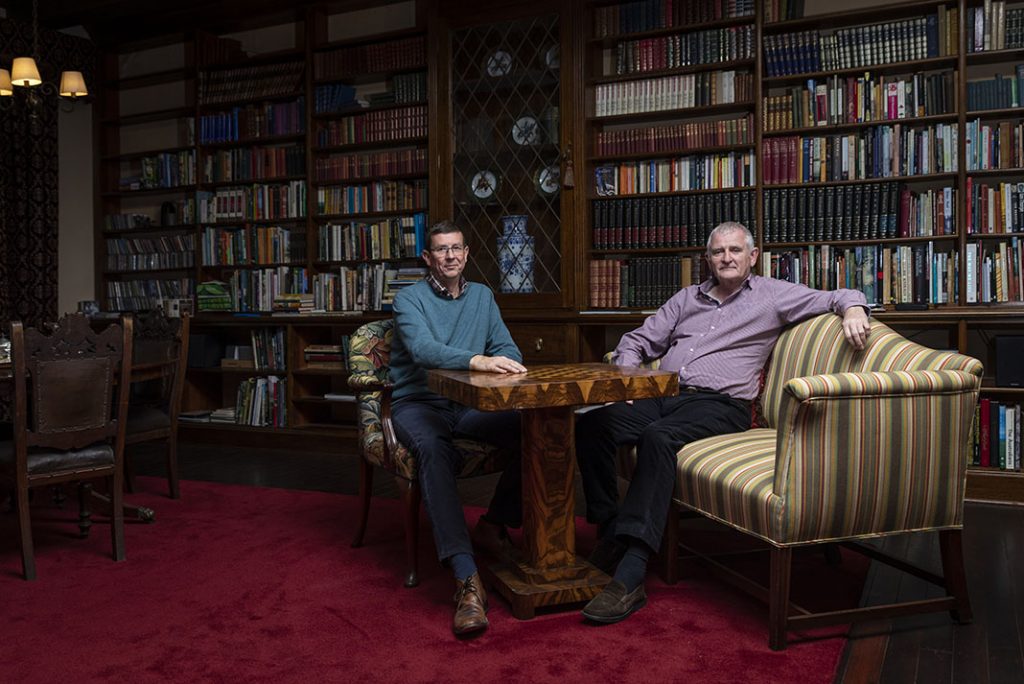
Previous
Next
It was exhausting, but Andrew and Peter discovered it was what was needed to realise their ambition of making Anlaby into a sustainable business operation.
“You could call it dedication… Or insanity!” Andrew jokes.
On moving to the property permanently, that same work ethic still remains today.
Peter now operates his finance services business from the homestead five days a week and works in the gardens and on other projects on weekends, whilst Andrew looks after the practical, day to day operations of Anlaby Station alongside staff, which include a gardener, farm hand, maintenance man and housekeeper who lives on site.
“It’s just how we live, we don’t even give it any thought. We’re in it and we are doing it – it’s the rhythm of our life,” Andrew says of the workload.
..
Both firmly believe the greatest gift they can give the property is a business plan and they are doing just that by converting buildings to bed and breakfasts and opening a gift shop, as well as offering morning teas, lunches, tours, and hosting weddings and other events that entice visitors to re-discover Anlaby.
“We have a responsibility to be more than a custodian,” Andrew says. “There’s a stewardship to it. We’ve actually got to do more, we need to build on it, buy more land back when we can and create a working business model.
“Literally from the house to everything outside, we have an obligation and responsibility to manage it in a way that it will continue to endure and be here in another 180 years.”
“Everything that underpins this is ultimately to give an income that will support this when we are gone because this is not a dynastic thing for us. This is not about creating a legacy for our children and grandchildren. This is more about being focussed on the property and what is best for the property. That’s the reality for us.”
Through the Merino stud, with its bloodlines dating back to the origins of the property, a range of exclusive, premium throws, blankets and heirloom pieces are made in Australia under the owners’ personal supervision from the very wool shorn from sheep dotting the Anlaby landscape. Silk ribbon and embellishments are sewn by neighbouring artisans, ensuring each and every piece is not only traceable, but treasured for generations to come.
Sustainable and responsible farming practices are also central to the operations as Andrew and Peter continue on a learning path they describe as “vertical”.

“I guess we are thriving on the challenge. Being in this sort of environment, this is not something you retire from. This is going to be it until we either sell or we die, one or the other, and selling isn’t on the agenda!”
- Andrew Morphett
Careful research and attention to detail means their home’s furniture and decor is reminiscent of the days when the Dutton family lived there, but the choices made also meet today’s needs.
“It’s not being meticulously correct about the restoration, it’s about understanding what was right for the era, then how we live in it and how do we use that space,” Andrew says.
From the William Morris carpets and blinds based on designs appropriate to the era, to the original curtains which frame windows, every corner of the house is beautifully presented.
Outside is no different – Andrew and Peter have memorised nearly every botanic name of the plants and ancient trees they walk among, 640 of which are on the significant tree register with the National Trust.
Their passion adds authenticity to the tours they offer and the story of Anlaby which the owners say is not a museum, but rather a living, breathing, working station village.
They’ve also come to the realisation that their restoration project is endless, yet they are content with that.
“It doesn’t matter where you go, there is more to be done!” Andrew smiles.
“There are eight residences on the property we now have and I think I counted 22-23 structures that we are responsible for. Most of the pieces of land we’ve bought have come with some sort of built infrastructure that has to be managed. There’s the shearing shed, the shearer’s quarters, the slaughter house.
The last purchase of 1500 acres came with the overseer’s house which was a nine room, stone villa. We did the restoration work on it last year and discovered the core of it was probably one of the earliest buildings on the property – mid 1840s to 1850s.
“I guess we are thriving on the challenge. Being in this sort of environment, this is not something you retire from. This is going to be it until we either sell or we die, one or the other, and selling isn’t on the agenda!”
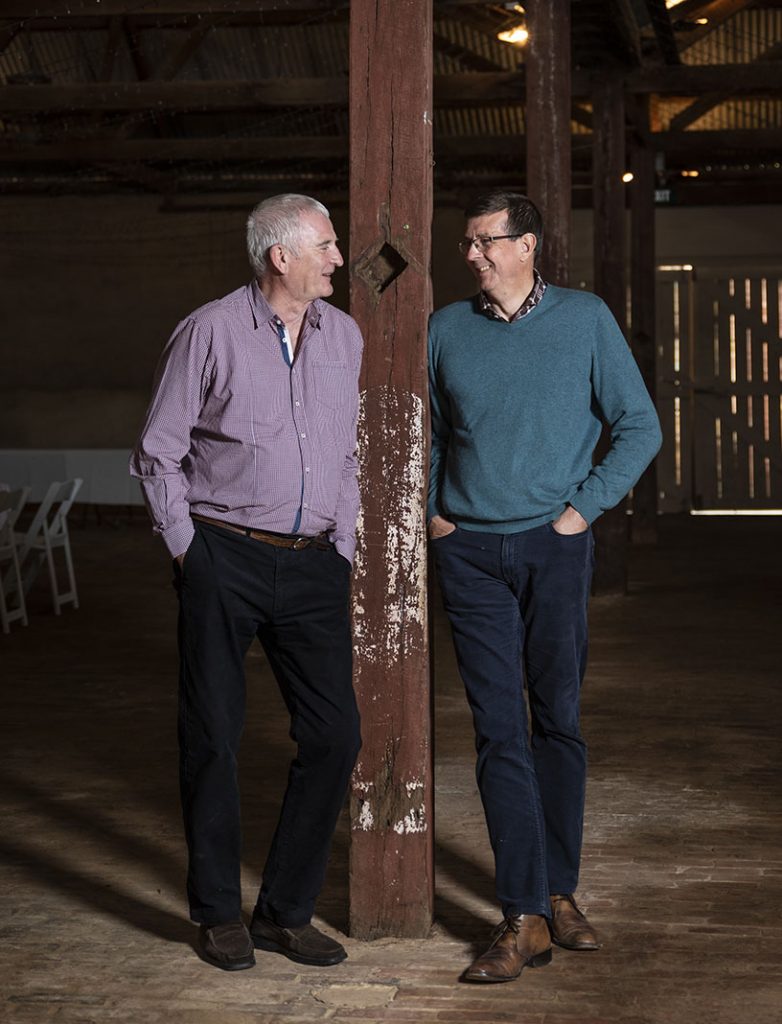
©


